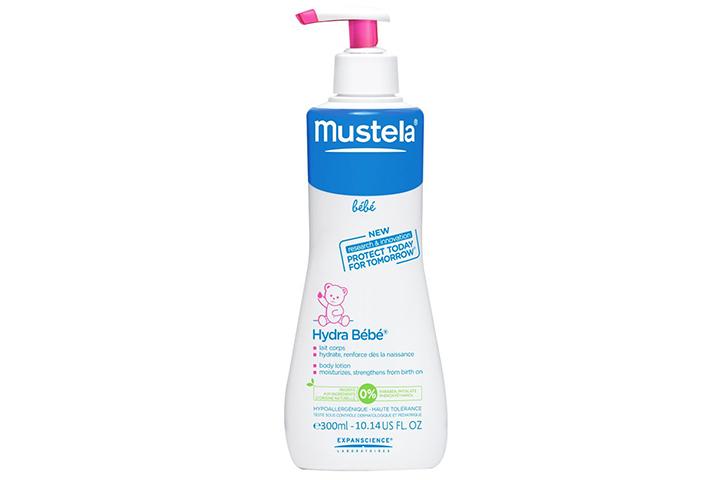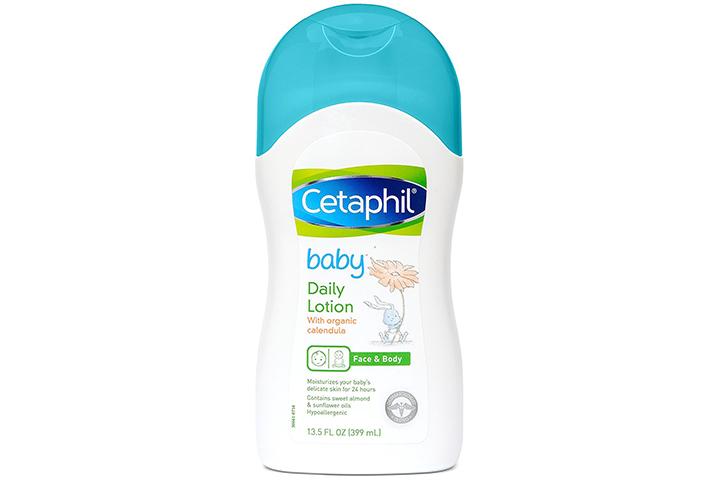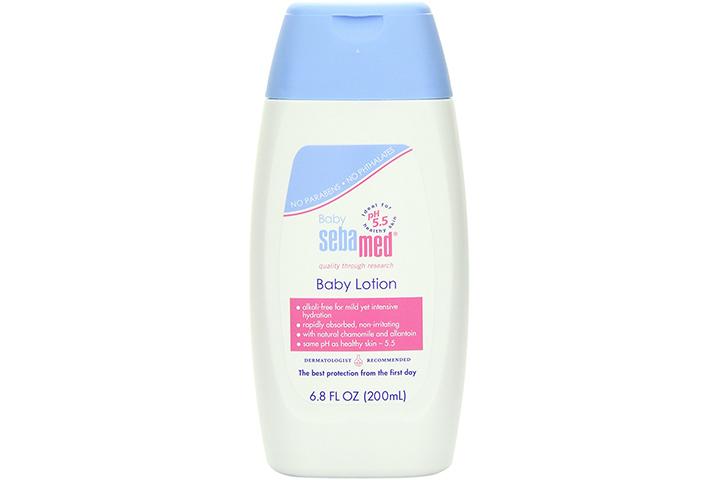How to Choose a Baby Lotion
Date Posted:21 December 2017
Moisturising is an important step to keep your baby's skin glowing, healthy and delightful supple
How To Choose A Moisturiser For The Baby?

When buying a moisturizer, keep the following points in mind:
· Baby’s skin type: Each infant is different, and so is their skin type. Select a moisturizer that will suit your baby’s skin. For instance, if your baby has an extra sensitive skin, then choose a lotion that is formulated for infants with heightened skin sensitivity.
· Look for lotions only made for babies: Some lotions are made for individuals of all ages. These multi-age lotions may work well with adults but may not be suitable for infants. Choose lotions that are intended only for babies as manufacturers of such moisturizing baby lotions keep in mind the special needs of an infant’s skin and adhere to precautions.
· Unscented versions: Moisturising lotions have a natural smell. Some may also have added scent or perfume. Always choose unscented products as a manufacturer may add chemicals for fragrances, and that could be bad for the baby’s skin.
Along with the above checklist, there are a host of chemicals that you must keep an eye out on the lotion’s label.
Ingredients to avoid:

It is best to steer clear from baby lotions containing the following substances:
· Paraben is a preservative widely used in cosmetic industry as it prevents the growth of fungus and bacteria. But these antibacterial properties may be carcinogenic (1). There is no extensive research to prove that they are harmful to infants, but it is good to avoid them. Look out for ingredients ending with “paraben” on the lotion’s label.
· Phthalates, standor Di(2-ethylhexyl) phthalate (DEHP), are used as lubricants and stabilizer in lotions. There is limited research on the effects of phthalates on humans, but they are suspected to affect the reproductive system (2). Most manufacturers of baby lotions explicitly state the absence of phthalates. When looking for phthalates in lotions, look for chemicals or the ones reading similar to Di(2-ethylhexyl) phthalate (DEHP), dioctyl phthalate (DOP), and bis (2-ethylhexyl) phthalate (BEHP) (3).
· Methylisothiazolinone and methylchloroisothiazolinone are two chemicals used as preservatives in cosmetic products. They are known to induce allergies especially in people with very sensitive skin (4). They are easy to spot on the labels as the ingredients end with methylisothiazolinone and methylchloroisothiazolinone.
· Sodium laureth sulphate brings a frothy effect in the product and is common in soaps and lotions. It is a clinically-proven skin-irritant, especially in infants with sensitive skin. It also affects the presence of natural skin oils (5). In the products, it ends with names such as sodium laureth sulfate (SLS) and sodium lauryl ether sulfate (SLES).
· Propylene glycol is added to lotions to increase their moisturizing capabilities and to make them fragrant. It is a skin irritant, and long-term use can cause prospective mild toxicity (6). When looking for this chemical on the label, look for names such as propylene glycol, 1,2-propanediol, methyl ethyl glycol, 1,2-propylene glycol.
Baby lotion manufacturers do not add the above substances, but it is important to check the label of the lotion to ensure it does not contain these chemicals. It is safe lotions like these that constitute our list of best lotions for infants.
Tips On Using Baby Moisturizing Lotion

Here are ways to get the most out of baby lotions and ways to use them correctly:
1. Wash hands before application: Clean and dry your hands thoroughly before applying a lotion. This prevents the transfer of germs from your hands to the baby’s skin.
2. Apply after a bath: A baby’s skin is clean, fresh, and supple after a bath. It is thus the best time to apply head-to-toe lotions to an infant.
3. Increase usage in winter: Winter brings down humidity levels, drying the baby’s skin. Apply moisturizers frequently during winters to prevent the baby’s skin from cracking, as this could cause the baby intense irritation.
4. Check for allergies: Apply the lotion on a small portion of the baby’s skin to check for any allergic reactions. Baby lotions are hypoallergenic, but it is best to check before use.
5. Consult a pediatrician if in doubt: Do not hesitate to take a pediatrician’s opinion before using a lotion and when switching brands. If the baby has a skin condition, then it is more important to take a pediatrician’s opinion. A doctor can provide relevant lotion suggestions depending on your baby’s skin type.

Moisturizing lotions are of immense help in keeping the baby’s skin glowing. Buy the right lotion that suits your baby’s skin type. Regular moisturization in the early years can go a long way in keeping the baby’s skin healthy, glowing, and delightfully supple.

Reference:
Rohit Garoo (December 14, 2017). "Top 19 Best Baby Lotion to Choose". Retrieved from http://www.momjunction.com/articles/amazing-lotions-for-your-baby_00354108/#gref





